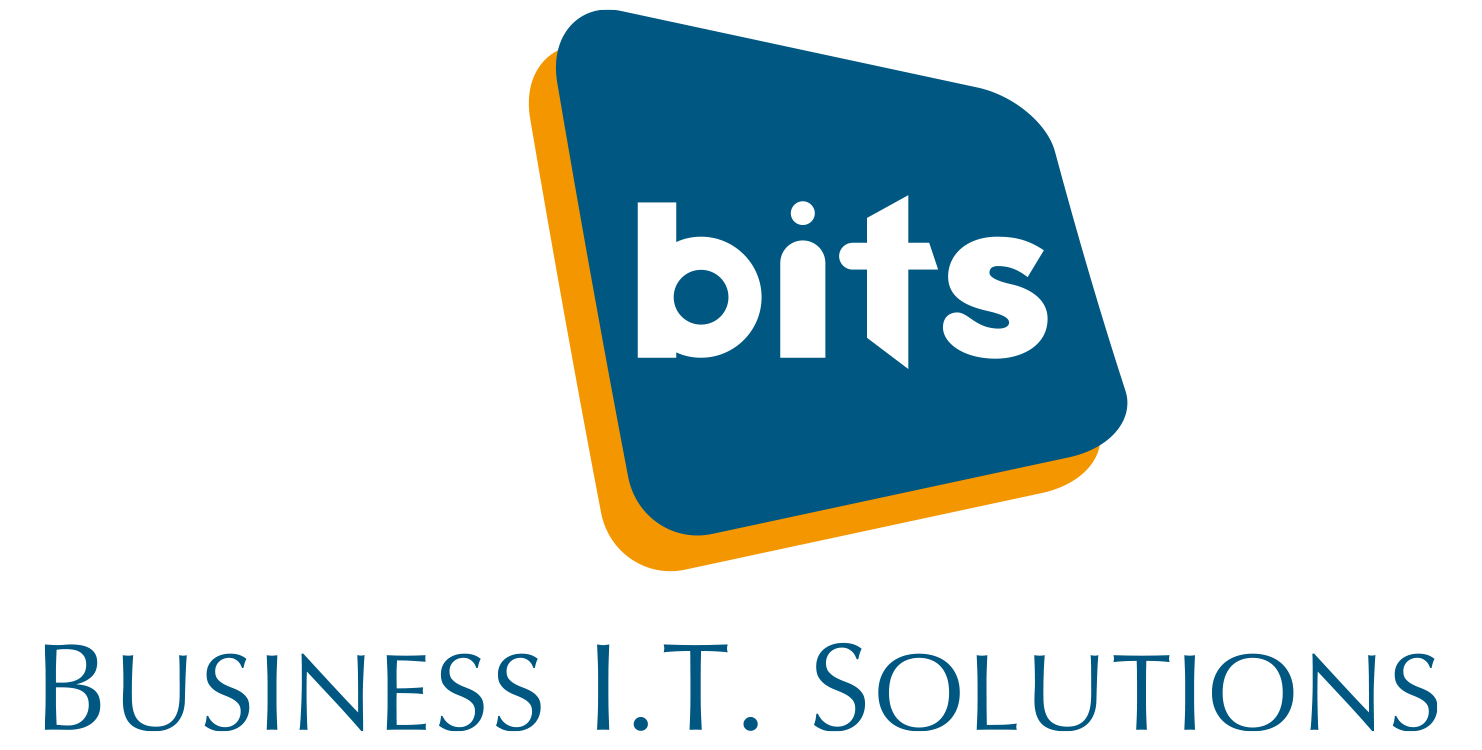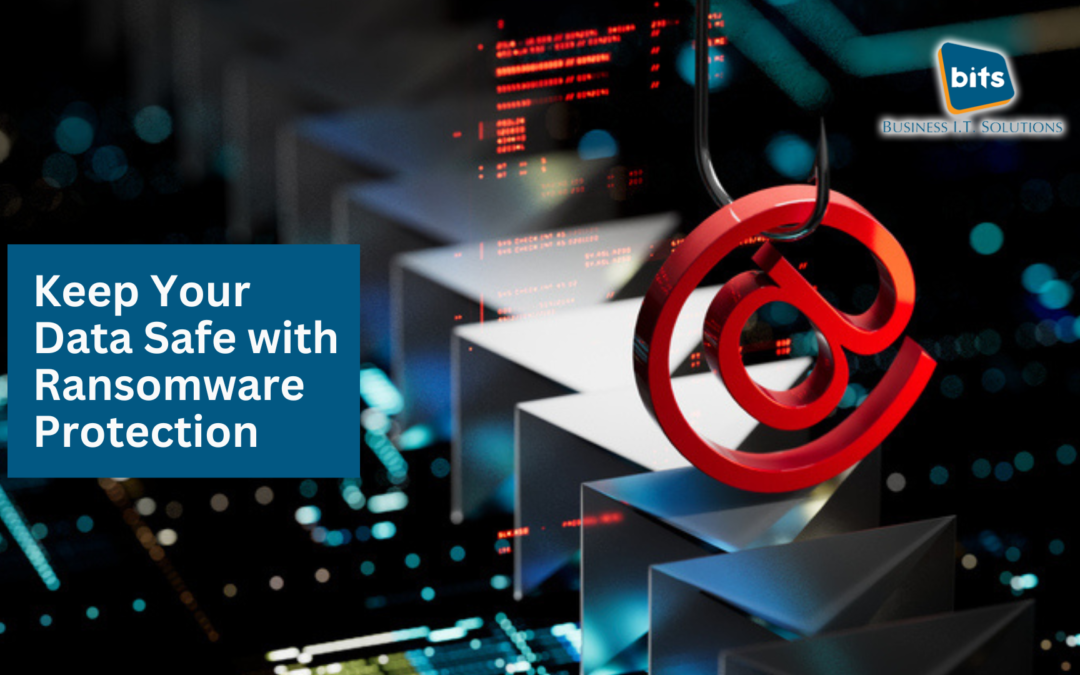We are continually keeping up with the latest cybersecurity trends. We can’t help it. It’s our job, and we like it.
Recent stats have shown that small and medium-sized businesses (SMBs) have turned into prime ransomware targets. The numbers are alarming. More than 50 percent of SMBs with less than 500 employees are affected by ransomware, according to Forbes.
The reason SMBs are getting so much attention from cybercriminals is that hackers know smaller companies might not have the vast resources at their disposal, like more-established companies, to secure their business data with ransomware protection.
Ransomware attacks are increasing in frequency. The danger lies in the fact that hackers go full throttle until they have access to your most important business asset: your data. But they don’t stop there. It’s not just your personal data at risk. Hackers are hoping to steal confidential information from your clients, vendors and employees, too.
What Are They After?
Ransomware attackers are looking for sensitive information, birth dates, financial information and your private company information and intellectual property. Once they get their hands on this sensitive data, they’re poised to strike with a ransom demand.
Perhaps the way in which cybercriminals are sneakiest is how they constantly evolve their techniques to catch victims off guard. They employ new and more stealth tactics by the day to outwit you. They’re gunning for your data through clever emails, remote laptops or wireless devices.
When they take hold of your network, you might as well forget about accessing it until you’re willing to pay the ransom fee. But even that’s no guarantee. Cybercriminals have been known to engage in ghosting, leaving the locked data interminably inaccessible, even after the ransom is paid. Further, Forbes is reporting that 92 percent of organisations that pay ransomware don’t get their data back.
In the case that no ransom is paid within the specified timeline, the data could be gone forever then, too.
Unfortunately, the cost of a ransomware attack isn’t limited to just the ransom fee. There are also expensive recovery costs, wasteful downtime expenses and pricey compliance fines. The worst of all is the damage to your hard-earned reputation when you suffer the fallout of a breach.
Here’s What You Can Do
With hackers attacking every 39 seconds, according to the University of Maryland, it’s time to think about how to best protect your business from ransomware, using proactive and regularly monitored tools.
Here are six tips to avoid ransomware:
1) Backup your data daily in the cloud
2) Keep your operating systems up to date and maintained
3) Keep devices and antivirus and anti-malware software updated
4) Build a continuity plan to help mitigate loss and downtime after an attack
5) Provide cybersecurity training for your team
6) Partner with an MSP to bulletproof your data, install protective software and more
Your MSP knows the best practices for organisations to follow to minimise the risk of becoming victims of ransomware. Among these best practices are deploying systems that can detect and eliminate ransomware attempts, searching for and remediating security vulnerabilities in your network, maintaining good backups, and using good threat intelligence.
We provide scalable and budget-friendly security solutions to build your airtight ransomware protection strategy. Our goal is to defend your data with a customised security package that offers solid protection now and into the future. Contact our team for more information.
It’s simple: we want you to enjoy the freedom to concentrate on your business growth and success — not cyberthreats.
Discover peace of mind.

